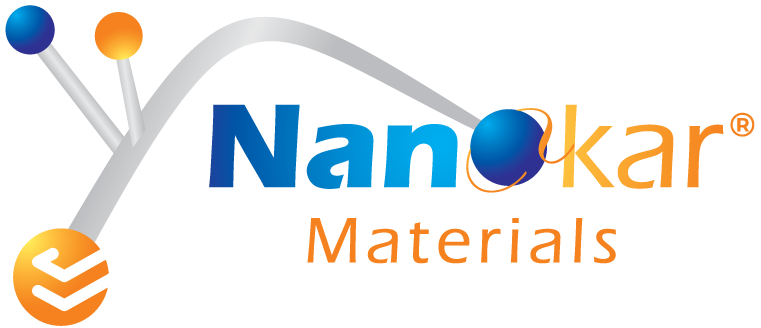What is Aluminum 2024 Alloy Powder?
Aluminum 2024 Alloy Powder is a finely ground metal powder derived from Aluminum Alloy 2024—a high-strength alloy primarily alloyed with copper, along with small amounts of magnesium, manganese, and zinc. It is renowned for its excellent strength-to-weight ratio, machinability, and fatigue resistance, making it ideal for aerospace, automotive, and structural applications.
Chemical Properties and CAS Number
-
Material: Aluminum Alloy 2024 (Al-Cu alloy)
-
CAS Number: 7429-90-5 (Aluminum)
-
Main Alloying Elements: Copper (Cu), Magnesium (Mg), Manganese (Mn), Zinc (Zn)
-
Density: ~2.78 g/cm³
-
Melting Point: Approx. 502-638°C
-
Appearance: Fine metallic powder (silver-gray)
-
Particle Size: Typically micron-sized (customizable)
Applications of Aluminum 2024 Alloy Powder
-
Aerospace Industry: Aircraft structural components, fuselage frames, wing skins, and fasteners.
-
Automotive Industry: High-performance engine parts, suspension components, and lightweight structural frames.
-
Additive Manufacturing (3D Printing): Ideal powder material for selective laser melting (SLM) and other powder metallurgy techniques.
-
Military and Defense: Structural components, armor plating, missile and defense system components.
-
Sports Equipment: Lightweight bicycle frames, racing car components, and sporting goods.
-
Marine Industry: High-strength marine components and corrosion-resistant equipment.
-
Metal Injection Molding (MIM): Precision components requiring high strength and durability.
Pricing of Aluminum 2024 Alloy Powder
Pricing varies significantly based on particle size, purity, and quantity:
-
Research/Laboratory-grade: $100 – $500 per kilogram
-
Industrial-grade Bulk Quantities: $20 – $100 per kilogram
-
Customized Particle Sizes: Pricing available upon request; typically higher due to processing complexity
Factors Influencing Pricing
-
Powder purity and alloy composition accuracy
-
Particle size distribution and uniformity
-
Quantity (bulk orders typically cheaper per kg)
-
Manufacturing method (atomization processes, milling)
-
Market demand, packaging, and logistics costs
